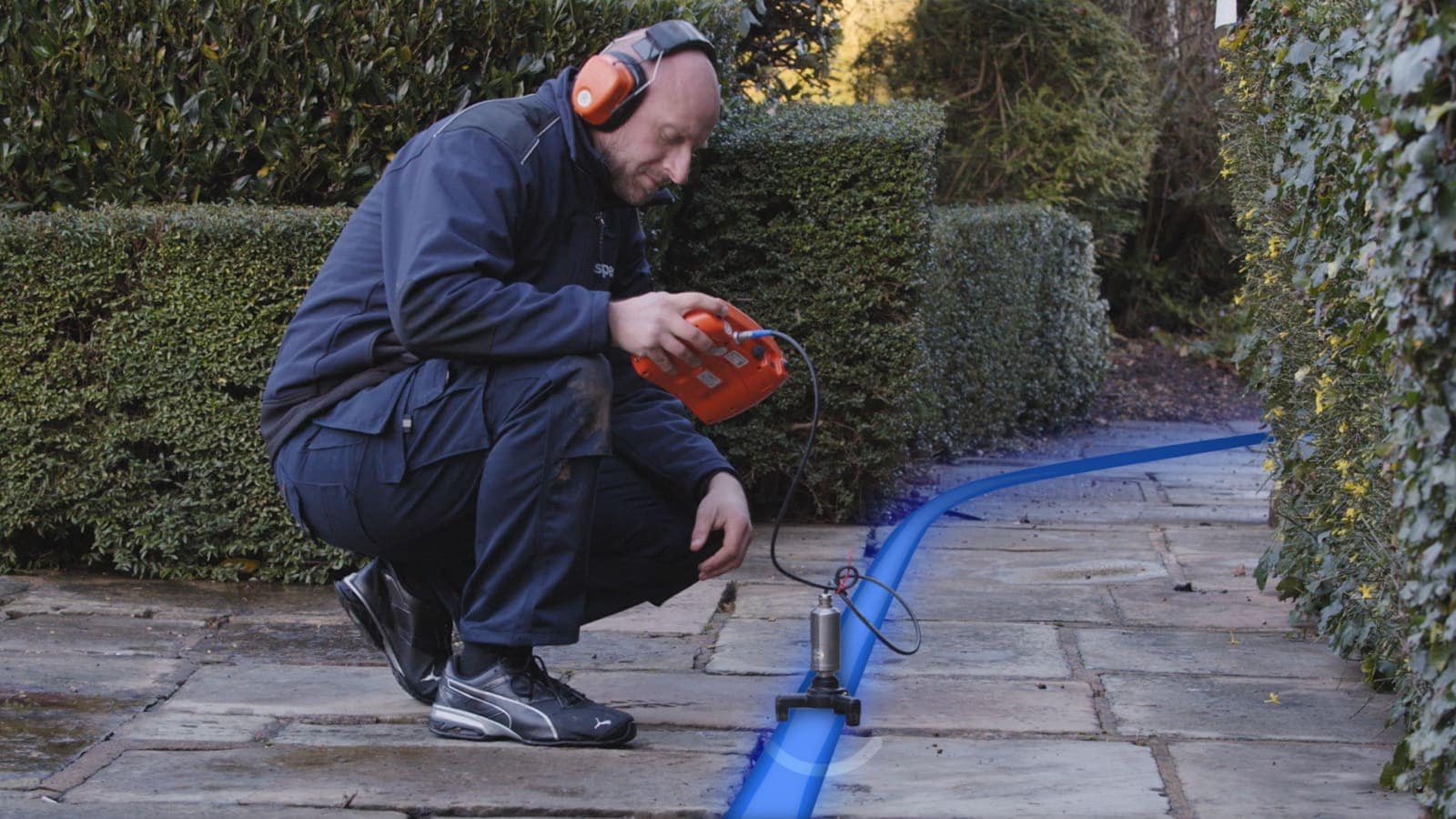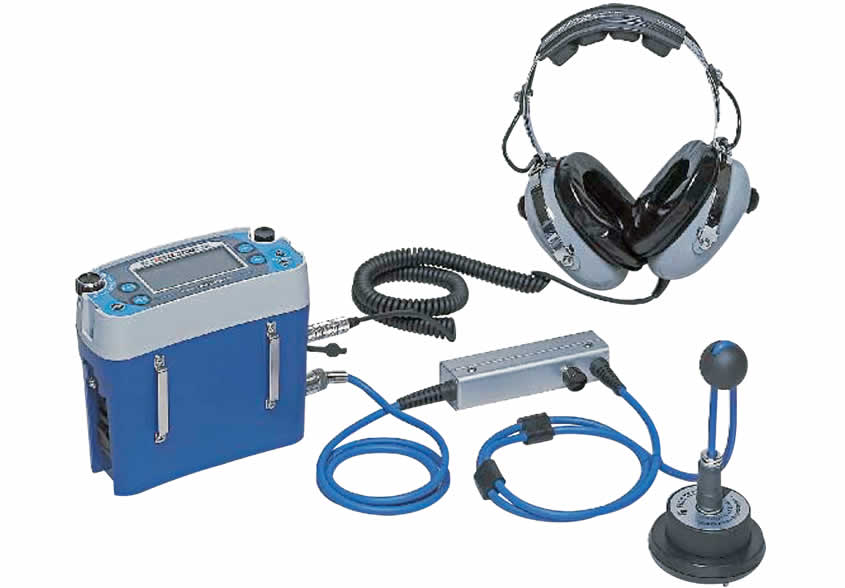Comprehensive Overview to Water Leak Detection for House Owners and Organizations
Comprehensive Overview to Water Leak Detection for House Owners and Organizations
Blog Article
Ingenious Solutions for Early Detection of Water Leaks in Structures and Framework
As the stability of buildings and facilities is extremely important, the difficulty of very early discovery of water leaks has stimulated innovative services that promise to change the method we protect against prospective damages. From cutting-edge leakage detection innovations to the deployment of IoT sensors for real-time tracking, the landscape of leak avoidance is evolving swiftly. Equipment discovering formulas supply a glance into the future of leakage forecast, while thermal imaging offers a non-intrusive approach for identifying concealed leaks. Automated water circulation evaluation systems are improving just how leaks are recognized and attended to, leading the way for a proactive technique to water leakage detection. Each of these services holds the essential to making sure the integrity and long life of our constructed atmosphere, triggering a shift towards a more sustainable and effective future.
Advanced Leakage Detection Technologies
Advanced leakage detection innovations, furnished with cutting-edge sensing units and formulas, play an essential duty in quickly recognizing and determining water leakages in different settings. Electromagnetic sensing units can recognize adjustments in electro-magnetic areas triggered by water, offering yet another layer of leakage detection capability.

IoT Sensors for Real-Time Surveillance
In the realm of modern water leakage discovery, the integration of IoT sensing units for real-time surveillance stands for an essential improvement in boosting aggressive leak discovery abilities. These sensors supply continuous surveillance of water systems, providing real-time data on water flow prices, stress variations, and temperature level modifications. By leveraging IoT modern technology, these sensing units can spot also the smallest anomalies in water usage patterns, making it possible for early recognition of prospective leaks before they rise right into significant issues.
IoT sensors transfer information to a centralized platform, where sophisticated formulas analyze the info and produce notifies or alerts when abnormalities are found. This real-time monitoring ability allows homeowner or facility managers to quickly address leakages, decreasing water damage, decreasing repair work costs, and conserving water sources.
Additionally, IoT sensors can be integrated with check my reference structure monitoring systems, enabling automated feedbacks to discovered leaks, such as shutting down water shutoffs or turning on pumps to mitigate the effect of leaks. Overall, the execution of IoT sensing units for real-time surveillance considerably boosts the efficiency and efficiency of water leak detection in structures and framework.
Artificial Intelligence Algorithms for Leakage Forecast

One secret benefit of utilizing artificial intelligence for leak forecast is its capability to continuously Clicking Here discover and enhance its precision with time. As even more information is accumulated and fed right into the formula, it can refine its forecasts and adjust to altering problems, inevitably enhancing the dependability of leakage detection systems.
Furthermore, device discovering formulas can assist in identifying refined signs of leaks that may go unnoticed by typical monitoring techniques. water leak detection. By examining complicated information embed in real-time, these algorithms can offer early cautions and signals, permitting prompt treatment and preventative upkeep to reduce prospective water damages and linked expenses
Making Use Of Thermal Imaging for Leakage Discovery
Thermal imaging modern technology provides an appealing approach for detecting water leaks in various systems and frameworks. By making use of infrared radiation and temperature variances, thermal imaging electronic cameras can determine hidden leaks that are not conveniently visible to the nude eye.
Among the essential advantages of thermal imaging for leak detection is its non-intrusive nature. Unlike typical methods that may need click resources burglarizing walls or floorings to locate leaks, thermal imaging enables non-destructive testing. This not just conserves time and lowers expenses but additionally lessens disruption to the structure or framework being evaluated. Furthermore, thermal imaging can quickly check huge locations, giving an extensive summary of potential leak resources in a timely way. In general, making use of thermal imaging innovation improves the efficiency and accuracy of water leak detection, making it a valuable tool for keeping the stability of structures and infrastructures.
Automated Water Circulation Analysis Systems
How can automated water circulation evaluation systems change the detection and management of leakages in numerous systems and frameworks? Automated water flow analysis systems provide a proactive method to leakage detection by continually keeping an eye on water circulation rates and patterns. By establishing standard information, these systems can quickly identify inconsistencies that might indicate a leakage, making it possible for prompt treatment to avoid substantial damage.
These systems use advanced algorithms to evaluate real-time information and provide instant signals when abnormalities are spotted, allowing for swift action to be taken. Additionally, automated water circulation evaluation systems can be incorporated with structure monitoring systems or IoT platforms, boosting total performance and making it possible for remote tracking abilities.
Furthermore, the information collected by these systems can be used for anticipating upkeep objectives, helping to identify possible powerlessness in the framework before leakages occur. Overall, the application of automatic water flow evaluation systems can substantially improve leakage detection and monitoring practices, eventually leading to cost savings, minimized water wastefulness, and enhanced sustainability in structures and framework.

Conclusion
Finally, the integration of sophisticated leak discovery technologies, IoT sensors, equipment knowing formulas, thermal imaging, and computerized water circulation evaluation systems provides innovative options for very early detection of water leaks in structures and framework. These modern technologies enable real-time monitoring, forecast of leaks, and effective discovery approaches to stop water damages and waste. Executing these services can assist in maintaining the honesty and sustainability of water systems in different setups.
Report this page